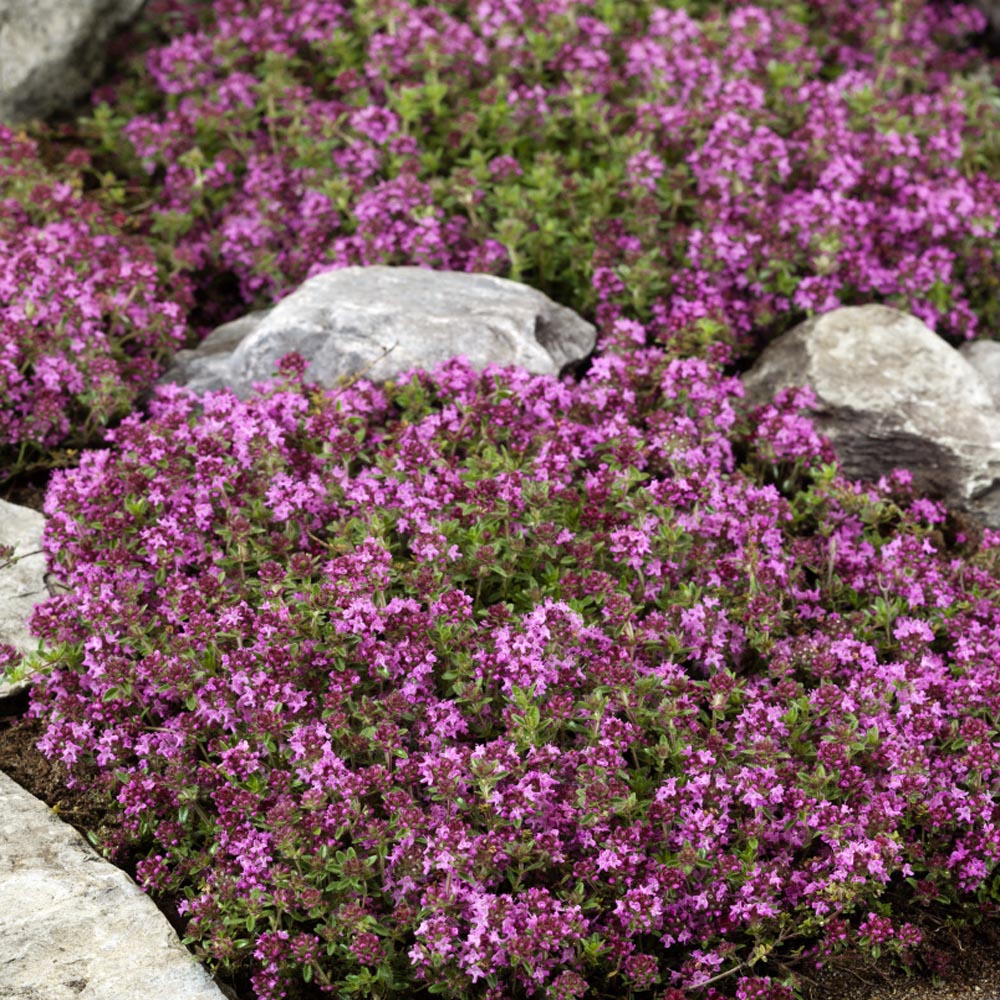

struella (the latter three feed exclusively on Thymus). Thymus species are used as food plants by the larvae of some Lepidoptera ( butterfly and moth) insect species including Chionodes distinctella and the Coleophora case-bearers C. It can be propagated by seed, cuttings, or by dividing rooted sections of the plant. It is planted in the spring and thereafter grows as a perennial. Garden thyme likes a hot sunny location with well-drained soil. Thyme is widely cultivated and grown for its strong flavor, which is due to its content of thymol (Huxley 1992). It has low-lying, creeping stems, and is also known as "creeping thyme." The name serpyllum refers to the serpent-like growth of the members of this species (Hanrahan and Odle 2005). European colonists probably introduced it to North America, where it is now naturalized (Hanrahan and Odle 2005). It grows up to 38 cm (15 inches) high and has a woody, fibrous root (Hanrahan and Odle 2005). Garden thyme, Thymus vulgaris, is the most used type of thymus and is an Old World low shrub with gray-green leaves and a pungent, minty, light-lemon aroma (Herbst 2001). Seeds are tiny and abundant (Hanrahan and Odle 2005). The tiny flowers are in dense terminal heads, with an uneven calyx, with the upper lip three-lobed, and the lower cleft the corolla is tubular, four to ten mm long, and white, pink, blue, or purple, depending on the species. Leaves tend to be rolled inward and slightly hairy (Hanrahan and Odle 2005). The stems tend to be narrow or even wiry the leaves are evergreen in most species, arranged in opposite pairs, oval, entire, and small, four to 20 millimeters (mm) long.

A number of species have different chemotypes. Thymus is a genus of about 350 species of aromatic perennial herbaceous plants and sub-shrubs to 40 centimeters (cm) tall, native to Europe, North Africa, and Asia. The flowers are bilaterally symmetrical with five united petals and five united sepals. The leaves emerge oppositely, each pair at right angles to the previous one (called decussate) or whorled.

Others are grown for food purposes, but seeds are utilized instead of leaves, such as with chia. Besides those grown for their edible leaves, some are grown for decorative foliage, such as coleus and snow-on-the-mountain. Many members of the family are widely cultivated, owing not only to their aromatic qualities but also their ease of cultivation: These plants are among the easiest plants to propagate by stem cuttings. Lamiaceae plants are frequently aromatic in all parts and include many widely used culinary herbs in addition to thyme, such as mint, rosemary, sage, savory, marjoram, oregano, basil, lavender, and perilla. Lamiaceae (or Labiatae), the flowering plant family to which thyme belongs, has about 210 genera and some 3,500 species. Thyme is planted for aesthetic purposes, while it also grows wild and serves as a nectar source to honeybees that yield thyme honey as a food item. As a culinary spice, the various species and cultivars of thyme provide a diversity of aromas and tastes that have added to the human enjoyment of many foods in cuisines all over the world, contributing in ways that go beyond simple utilitarian values. Even the flowering tops are used in food preparation. In general, thyme is one of the world's more well-known and useful plants, with both the fresh and dried leaves valued for flavoring food, and the essential oil adding many medicinal values.


 0 kommentar(er)
0 kommentar(er)
